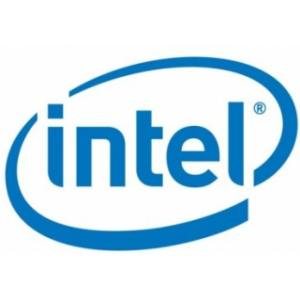Job Description
Job Description
This is an exciting opportunity to work on the latest breakthrough in NonVolatile Memory Technology Intel 3D XPoint memory and Intel Optane Technology.
Nonvolatile Memory Device engineers are responsible for:
· Leading research and development in order to architect, develop and deliver leading edge nonvolatile memory technologies to high volume manufacturing.
· Contribute to defining process technology and device architecture as well as develop scaling paths for leading edge memory technologies.
· The scope includes development of new types of process and device architectures involving novel materials, structures and integration schemes to deliver industry leadership in density performance, reliability and cost.
· Collaborate with technology development partners in defining goals aligning strategy and driving fast paced silicon development to meet aggressive technology node cadences.
· Work closely with the product and system teams to ensure seamless integration of the memory components into Intel’s system products as well as with the manufacturing Fabs to ensure a seamless technology transfer and ramp to support the full envelope of component and system products.
Qualifications
Education:
Master’s degree in Electrical Engineering, Material Science/Engineering, Applied Physics, Chemistry or related fields with 3+ years of industry experience or PhD degree in Electrical Engineering, Material Science/Engineering, Applied Physics, Chemistry or related fields
Minimum Required Qualifications:
2+ years of experience in the following areas:
Semiconductor Device Physics.
Characterization and data analysis/device modeling.
Electrical circuit design/debug/characterization.
Coding or scripting language C or C++ or Python or Matlab.
Additional Preferred Qualifications:
2+years of experience in design of experiment and statistical data analysis.
Intel
Santa Clara, CA
Intel Corporation offers computing, networking, data storage, and communication solutions worldwide. It operates through Client Computing Group, Data Center Group, Internet of Things Group, Non-Volatile Memory Solutions Group, Programmable Solutions Group, and All Other segments. The company offers microprocessors, and system-on-chip and multichip packaging products.
It also provides NAND flash memory products primarily used in solid-state drives; and programmable semiconductors and related products for communications, data center, industrial, and military markets. In addition, the company develops computer vision and machine learning, data analysis, localization, and mapping for advanced driver assistance systems and autonomous driving. Its platforms are used in notebooks, systems, and desktops; cloud, enterprise, and communication infrastructure market segments; and retail, automotive, industrial, and various other embedded applications.
It serves original equipment manufacturers, original design manufacturers, industrial and communication equipment manufacturers, and cloud service providers. Intel Corporation has a collaboration with Telefonaktiebolaget LM Ericsson (publ) to develop software defined infrastructure for network functions virtualization, distributed cloud, and 5G applications. The company was founded in 1968 and is based in Santa Clara, California.
-
IndustryInformation Technology
-
No. of Employees107,400
-
Website
-
Jobs Posted6311


